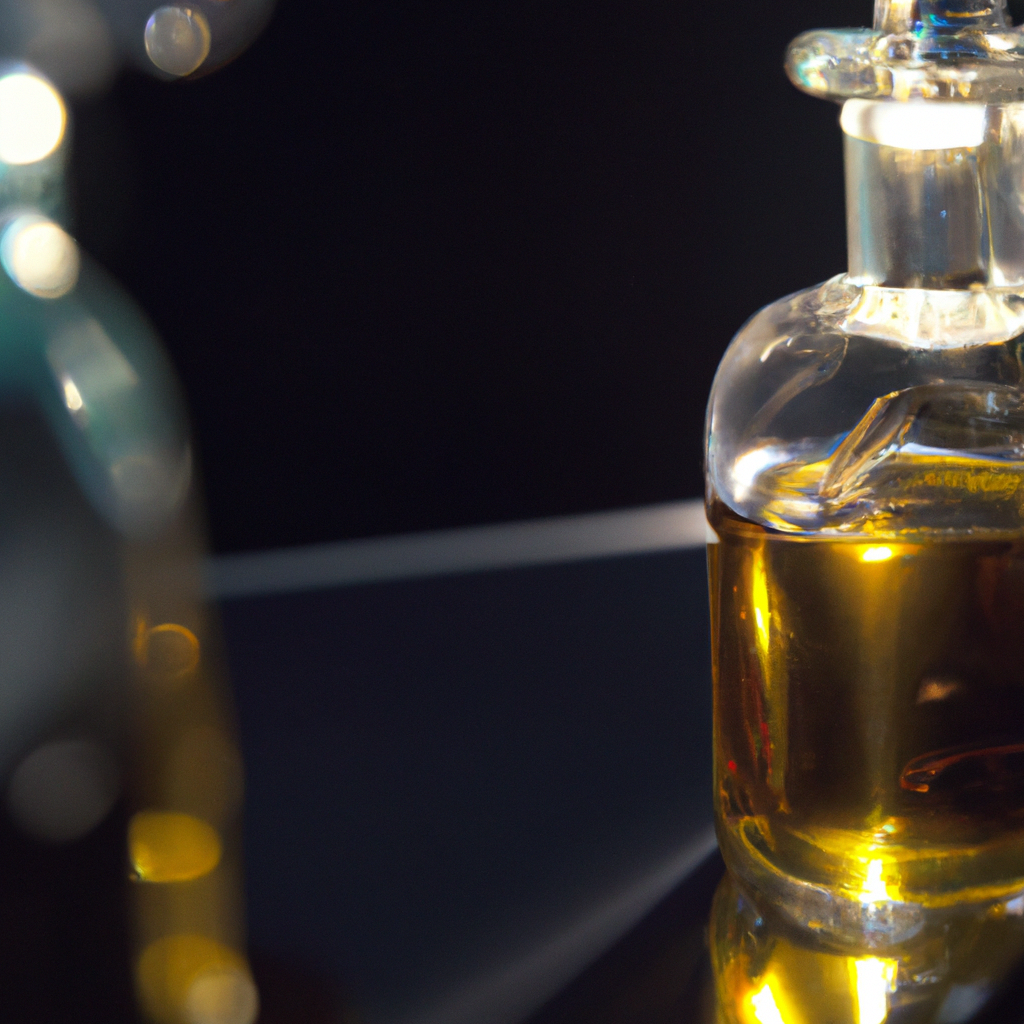Perfume making has been around for thousands of years, and yet, the art of scent creation still fascinates people today. Perfume makers use aroma chemistry to create fragrances that are unique, complex, and appealing. In this article, we will explore the process of scent creation in perfume making, the fragrance composition, perfume ingredients, and the role of aroma chemistry.
Fragrance Composition:
The fragrance composition of a perfume is a blend of essential oils, aroma chemicals, and other compounds that create a unique scent. The process of creating a fragrance composition is complex and requires careful consideration of various factors, such as the desired scent profile, the target market, and the cost.
Perfume Ingredients:
Perfume ingredients can be natural or synthetic, and each has its own unique properties. Natural ingredients are derived from plants and animals, such as flowers, fruits, and musk. Synthetic ingredients, on the other hand, are created in a laboratory and are designed to mimic natural scents or create entirely new ones.
Aroma Chemistry:
Aroma chemistry is the science behind scent creation. It involves the study of the chemical compounds that make up fragrances and how they interact with each other. Perfume makers use aroma chemistry to create unique and appealing fragrances that appeal to their target market.
The Process of Scent Creation:
The process of scent creation in perfume making involves several steps, including:
1. Inspiration: The first step is to find inspiration for the fragrance. This can come from anything, such as nature, art, or emotions.
2. Perfume Formula: Once the inspiration is found, the perfume maker creates a formula that outlines the ingredients and proportions needed to create the desired scent.
3. Ingredient Selection: The perfume maker then selects the ingredients needed for the formula. This involves choosing natural and synthetic ingredients that will work well together and create the desired scent.
4. Blending: The ingredients are then blended together in a specific order, to create a scent that is balanced and harmonious.
5. Aging: After blending, the perfume is aged for a specific period to allow the ingredients to blend and develop complexity.
6. Testing: Finally, the perfume is tested to ensure it meets the desired scent profile and is appealing to the target market.
Conclusion:
In conclusion, perfume making is an art that requires a deep understanding of aroma chemistry, fragrance composition, and perfume ingredients. Perfume makers use these elements to create unique and appealing fragrances that appeal to their target market. The process of scent creation involves several steps, from inspiration to testing, and each step is critical to creating a successful fragrance. By understanding the science behind scent creation, we can appreciate the art of perfume making even more.







